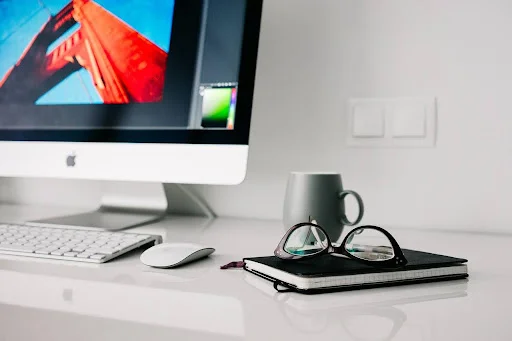Seattle has always been a place where tech and home life mix naturally. Between hillside homes with sweeping views and smart appliances in Queen Anne remodels, the way we live here often blends innovation with comfort till Designing in 360°. Now, virtual reality (VR) is giving homeowners and buyers a new way to experience design before building or remodeling even begins.
With VR, people can walk through a home that doesn’t exist yet. They can see how light moves across a room, test different layouts, or get a feel for how big that new kitchen island really is. It’s quickly becoming a tool not just for architects, but for anyone making decisions about how a space should look and feel.
Handpicked for impact – explore the latest related post today.
More Than a Blueprint
VR started in gaming, but it’s found a strong use in design. Architects and builders can create full 3D models of a house, letting people explore every room as if they were standing in it. That means no more guessing what a floor plan really looks like or waiting for the framing stage to find out a layout doesn’t work.
This kind of immersive tech is showing up in more places. Some online platforms, including those offering expert slot reviews, have modern mechanics and immersive themes and offer players progressive jackpots and bonuses. They use interactive design and realistic visuals to help users feel like they’re inside the experience, not just watching it. It’s the same idea, helping people make better choices by letting them see and try things before they commit at Designing in 360°.
Smarter Design, Fewer Surprises
For homeowners in Seattle, this can mean fewer delays and changes during a project. You can walk through your future bathroom and realize the sink feels too far from the shower. Or see that removing a wall in the living room doesn’t open the space the way you’d hoped. Catching those issues early saves time, money, and stress.
If you’re planning a renovation or building a home on a tricky lot, like in West Seattle or Magnolia, VR helps you see how the structure fits with the slope or the view. It can also show how your design works with nearby buildings, trees, or the path of the sun throughout the day.
Design firms in Seattle are using VR more often, especially for clients building modern homes or doing large renovations. Even for smaller updates, some tools make it easier for everyday users to get involved for Designing in 360°.
Tools for Everyday Use
Software like Enscape and Twinmotion is popular with architects, but some simpler apps are built with homeowners in mind. HomeByMe and Planner 5D let users test different layouts or furniture without much technical skill. You don’t need to understand CAD software. You just move things around and look at the space from different angles, even in virtual reality if you have a headset.
Some local architects and interior designers include VR as part of their planning process. It’s especially helpful in Seattle neighborhoods with strong architectural identities, like Capitol Hill or Wallingford. Whether you’re restoring a 1920s craftsman or building a sleek new ADU, seeing the project in virtual space can help make better decision to Designing in 360°.
It’s About Fit, Not Just Features
Seattle homeowners often think carefully about how their spaces work with the environment. It’s not just about finishes or square footage. It’s about how the home feels to live in day-to-day. VR lets you do more than check off a list of design features. You can test how your deck will look with Lake Union in the background, or whether that second-story addition blocks your neighbor’s view or sunlight.
You can also walk through your future kitchen and notice if the layout feels too tight or if a hallway seems too dark. These small details often go unnoticed until it’s too late. VR gives you the chance to make those changes before construction begins. It also helps people stick to what they actually need. By exploring the layout first, you can avoid overbuilding, cut back on wasted space, and avoid costly surprises later. In a city where space is tight and construction costs are high, that kind of planning really matters.
What It Costs
You don’t need a giant budget to use VR in your project. Some firms include it as part of their normal design process. Others offer it as a service for homeowners doing their own planning. Tools that work on your phone or tablet can be free or low-cost and still give you useful insight into how a room will feel.
This isn’t a replacement for a good architect or contractor, but it does make conversations easier and projects move faster. When you can show what you want instead of just describing it, the risk of miscommunication goes down. That’s good for everyone Designing in 360°.
A Natural Fit for Seattle
Seattle is already home to people who value both smart tech and thoughtful design. It’s a city where homeowners care about how their spaces look, feel, and function. VR fits right into that mix. Whether you’re adding a home office in Ballard or building a backyard cottage in Beacon Hill, it can help you picture the result before the work begins, down to the smallest details.
These tools are no longer just for professionals. They’re helping regular people make better choices, avoid costly mistakes, stay on budget, and feel more confident about their homes at every stage of the process.
Trending and top-rated posts await – see what’s featured this week at 2A Magazine.







